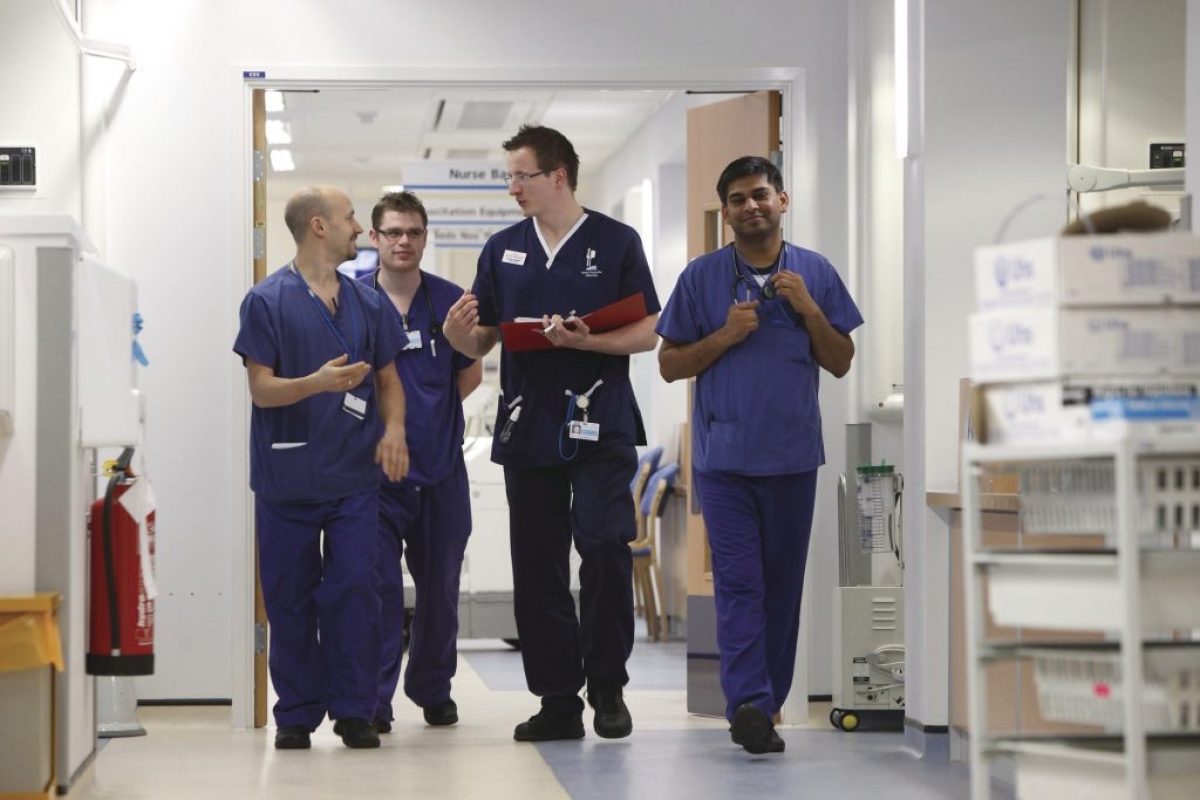
The Government’s recently published delivery plan for tacking the backlog specifies increasing surgical capacity through surgical hubs, but it isn’t clear what proportion of these will be new resources. If it is that some of the new surgical hubs promised will be resourced from existing NHS resources (staffing and estate), then productivity improvements, not quantified in the Government’s paper, must also be part of the solution.
In our latest report we estimated the size of the pandemic-related backlog for three common and significant elective procedures: Knee replacement, hip replacement, and cholecystectomy. We estimate these three procedures account for 11 percent of the total backlog in terms of cases, but as hip and knee surgery involves several bed days recovery time (whereas most of the backlog is day cases), a greater share of the overall backlog in terms of workload. We found that the backlog was between 7 and 10 months of average activity, and it is still growing.
This makes average waiting times even longer than they were at the start of the pandemic. We then looked at what kind of productivity improvement (specifically the number of bed days required per case) would enable NHS providers to catch up, and how quickly that might work.
Read more here to find out how we think the NHS can clear the back log
The Government’s recently published delivery plan for tacking the backlog specifies increasing surgical capacity through surgical hubs, but it isn’t clear what proportion of these will be new resources. If it is that some of the new surgical hubs promised will be resourced from existing NHS resources (staffing and estate), then productivity improvements, not quantified in the Government’s paper, must also be part of the solution.
In our latest report we estimated the size of the pandemic-related backlog for three common and significant elective procedures.